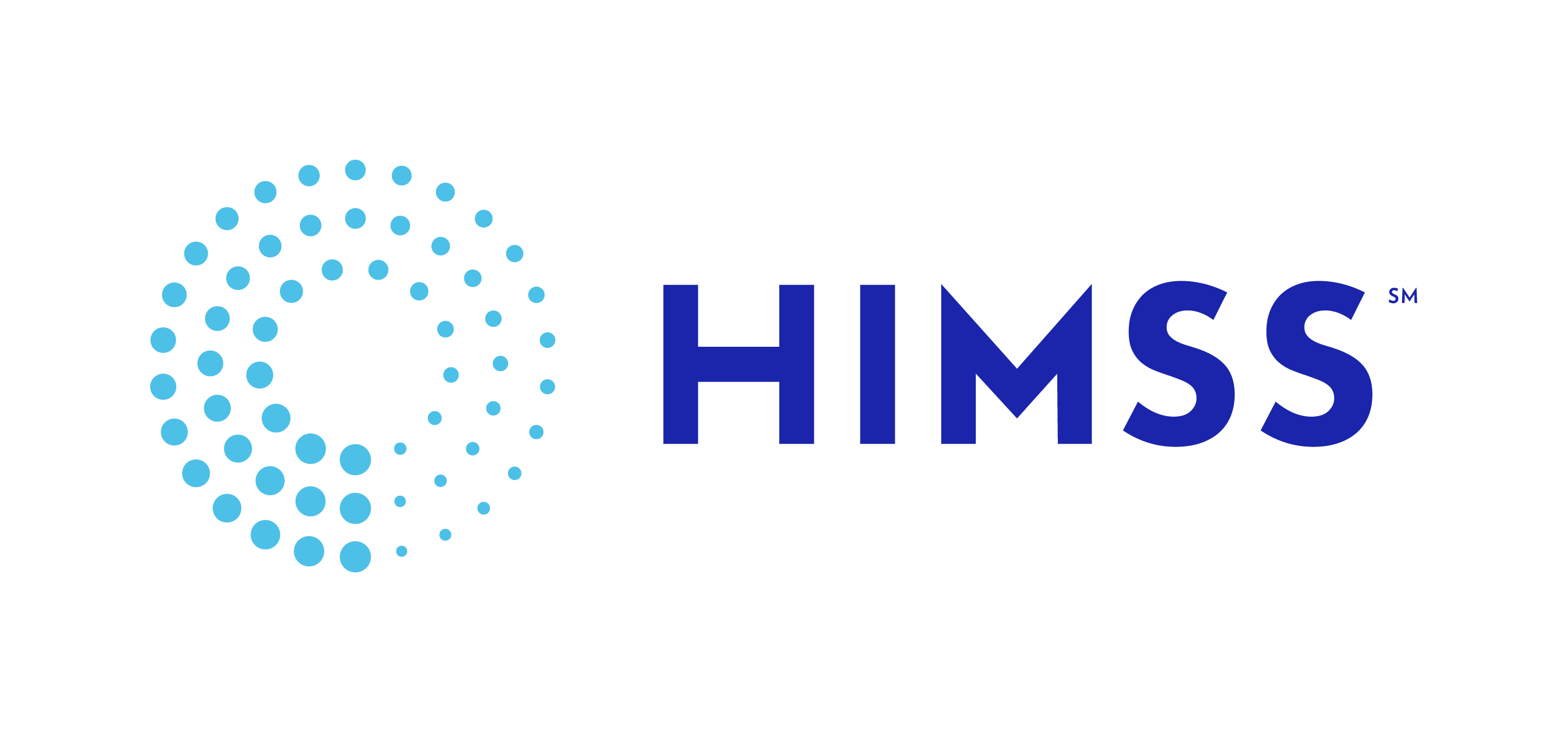Ohio HIE Success Story - Longterm Care
Long-Term and Post-Acute Facilities - No Longer Left Behind in Ohio in 2015
Left behind by federal Meaningful Use incentive programs, the long-term and post-acute care community in Ohio is finally communicating electronically with other providers. About 400 long-term care facilities – including home health and hospice – are receiving continuity of care documents, discharge instructions, test results and other patient health information from hospitals participating in the CliniSync Health Information Exchange. Instead of receiving paper charts, faxed information or hand-held files by the ambulance driver, these facilities now can receive electronic communications through direct, secure emails as a patient goes through a transition of care from the hospital to a facility. At least one facility is now piloting the Community Health Record, which will allow the staff to access all information necessary to intake the patient and replace the cumbersome and incomplete paper records currently available.
QUOTE:
“Quality is going to drive everything we do, and transitions of care is all about quality. The number one problem we all face is medication reconciliation, and we will now be able to accept a transition of care document directly into the electronic health record system so everyone can see procedures, major events and medications.” Joyce Miller Evans, Vice President, CIO of Ohio Presbyterian Retirement Services
HIT Tools Used:
Health Information Exchange
Direct Secure Email Messages
Longitudinal Community Health Record
Value Added:
Saved time, more accurate records, timely transfer of information, cost savings
Key Results:
Allows long-term and acute-care facilities to receive continuity of care documents, also known as CCDs, when a patient is transferred from a hospital to a facility.
